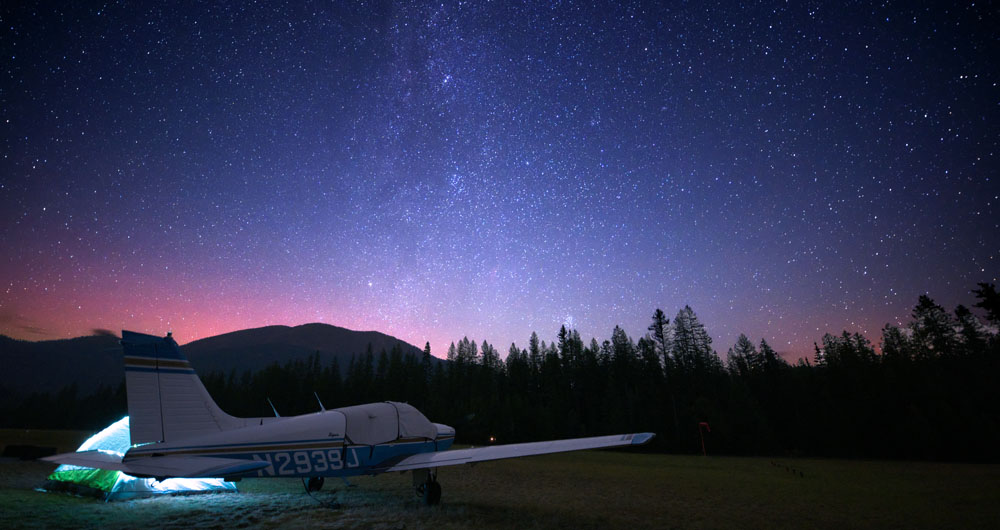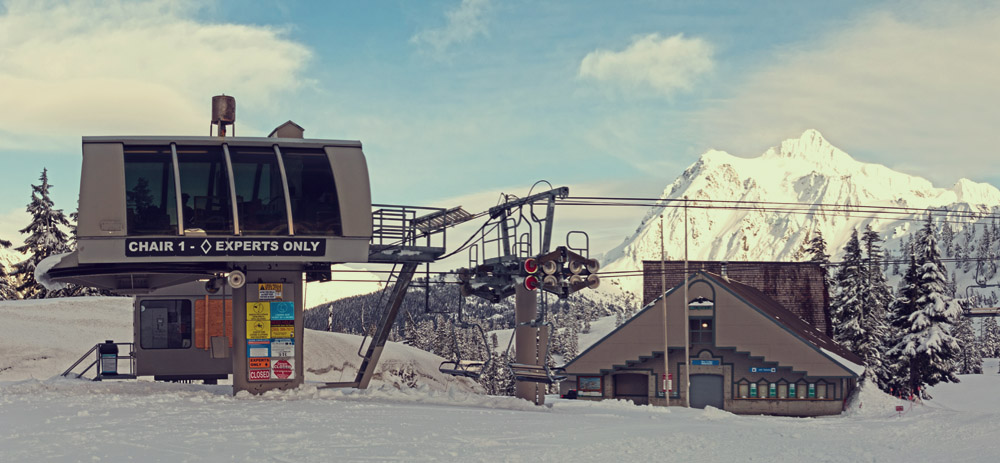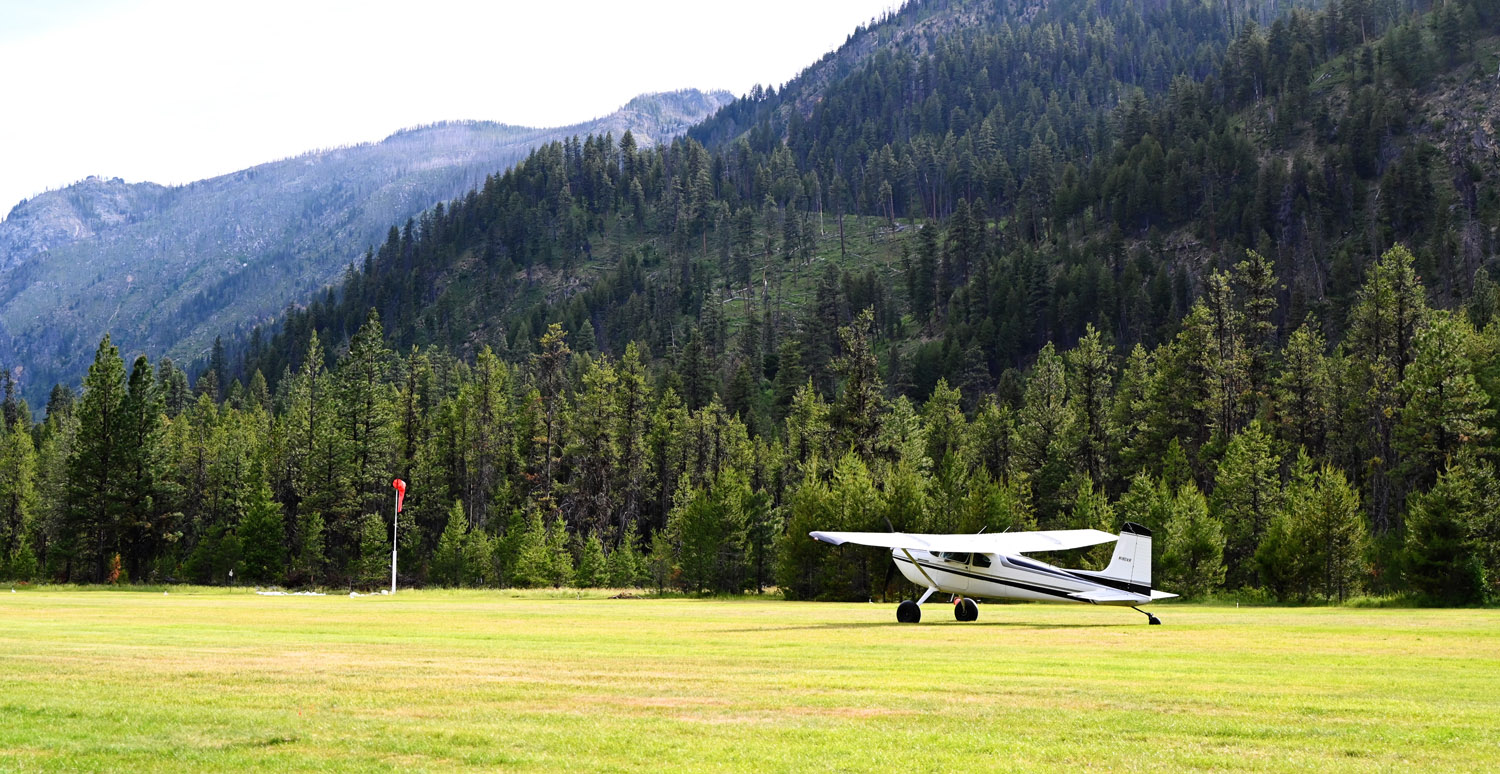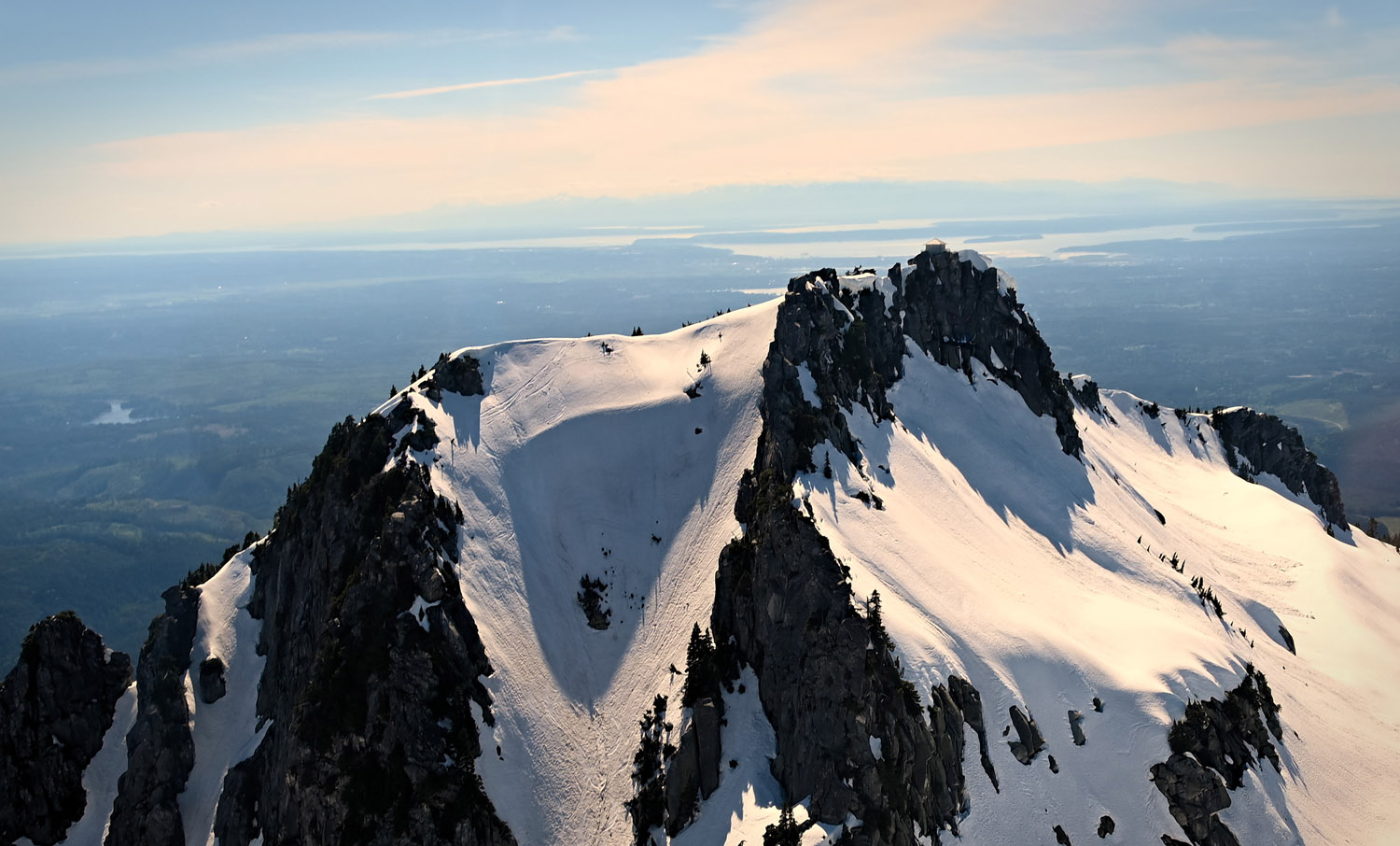Normally when you encounter a bug with Ruby, or any other interpreted language for that matter, using the language’s provided debugging tools are all you need to diagnose the problem and find a solution. Indeed that works 99% of the time. But what about when it doesn’t? What about when your program is so hosed that the typical debugging tooling doesn’t yield any fruitful information?
This was the situation I found myself in recently while debugging a low-level bug with Ruby. I didn’t know it when I started, but the problem lie down in glibc and all the Ruby-land debugging tools in the world would not help me. So what’s one to do? Well, if you’re running the C implementation of Ruby, MRI, then it’s GDB to the rescue. However, figuring out how to access the data needed through GDB presents a host of new challenges. Armed with the proper knowledge though and it becomes entirely feasible to debug a Ruby program through GDB which is what this post aims to explore.



